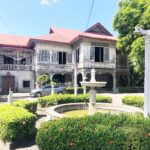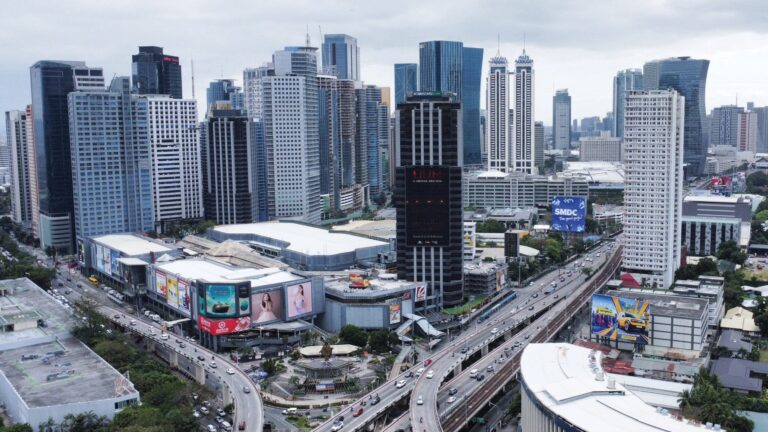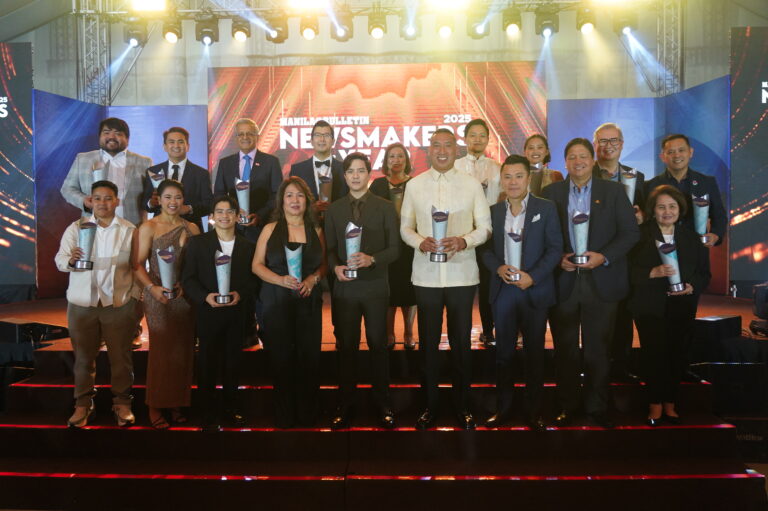Vehicles and complex automotive parts actually made in the PhilippinesBy Inigo S. RocesFor many decades, Filipino students have been made to believe that the Lunar Rover — the vehicle used by the first astronauts to land on the moon — was made in the Philippines. Unfortunately, this has already been definitively debunked. The Lunar Rover was actually built by …
Vehicles and complex automotive parts actually made in the Philippines
By Inigo S. Roces
For many decades, Filipino students have been made to believe that the Lunar Rover — the vehicle used by the first astronauts to land on the moon — was made in the Philippines. Unfortunately, this has already been definitively debunked. The Lunar Rover was actually built by NASA’s Jet Propulsion Laboratory in California. While that’s one less thing for Filipinos to be proud about, it doesn’t necessarily mean we’re incapable of building such amazing vehicles.
In fact, there are quite a lot of amazing vehicles and car-related products built in the Philippines, many of which Filipinos are not aware of. We’ll go through some of the vehicles and parts manufactured in the country and the purposes they serve in the automotive industry.
Vehicles
While Thailand may be known as the Detroit of Southeast Asia, the Philippines can certainly come close, producing quite a number of passenger cars, trucks, buses and motorcycles. We’llgo through some of the vehicles assembled locally, providing jobs to thousands of Filipinos in factories and affiliate industries, as well as injecting billions of pesos into the economy.
Passenger Cars
Some may already be aware of this, but it’s worth repeating. There are five vehicle models currently being built in the Philippines.
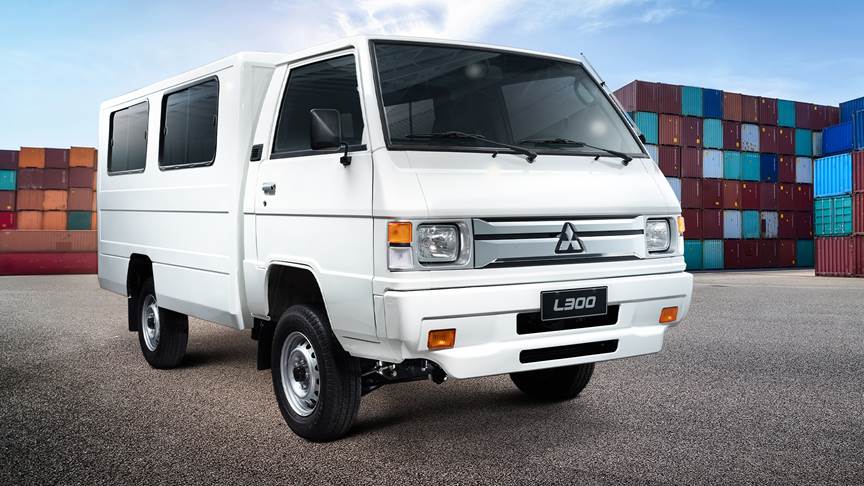
Easily the largest vehicle assembler in the country is Toyota Motor Philippines. With a massive factory in Santa Rosa, Laguna, with much of its power sourced from renewable resources we might add, the company assembles three key vehicles. These are the Toyota Innova MPV, Vios sedan, and most recently, the Tamaraw light commercial vehicle. These three active assembly lines can produce a total of 60 – 70,000 vehicles a year. That accounts for at least 10-percent of the new vehicles sold each year.
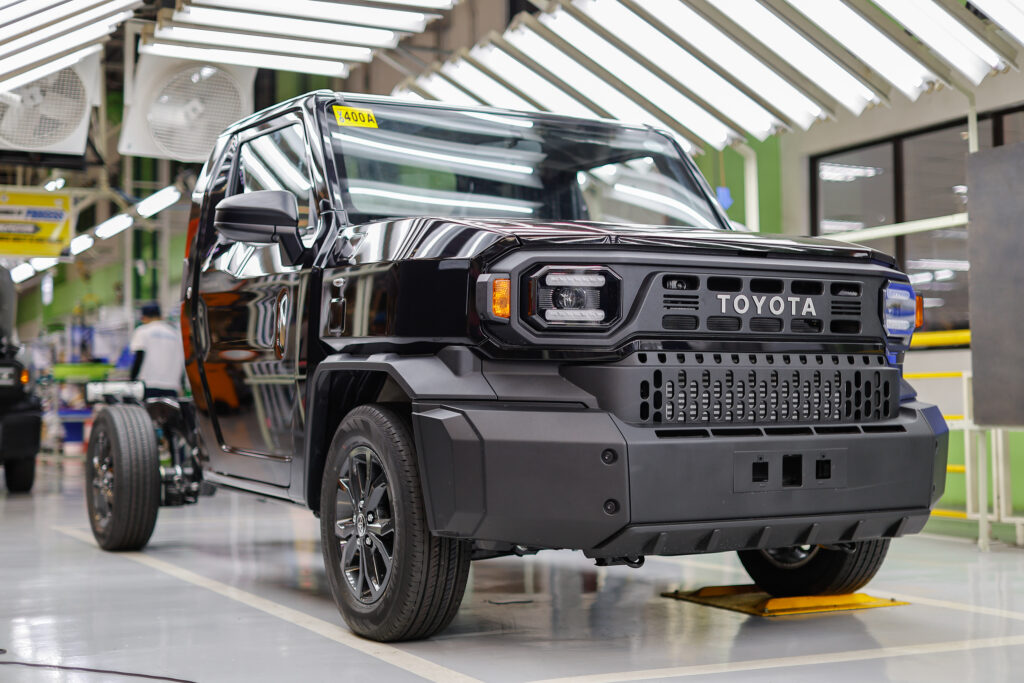
Yet another contributor is Mitsubishi which assembles the Mirage G4 and the L300 at its factory in Laguna. Over 23,000 of the Mirage G4 — the third best-selling car in the Philippines — were sold last year. There’s no doubt that the L300 is also quite popular in the Philippines, being one of the top transport choicesfor businesses small to large.
Commercial Vehicles
Many Filipinos may not realize it, but quite a lot of commercial vehicles are also assembled in the Philippines. Unlike passenger cars, commercial vehicles can range from light trucks to the massive tractor heads that pull fuel tankers or long trailers packed with cargo containers. We’ve already mentioned the Toyota Tamaraw and Mitsubishi L300, which are actually light commercial vehicles.
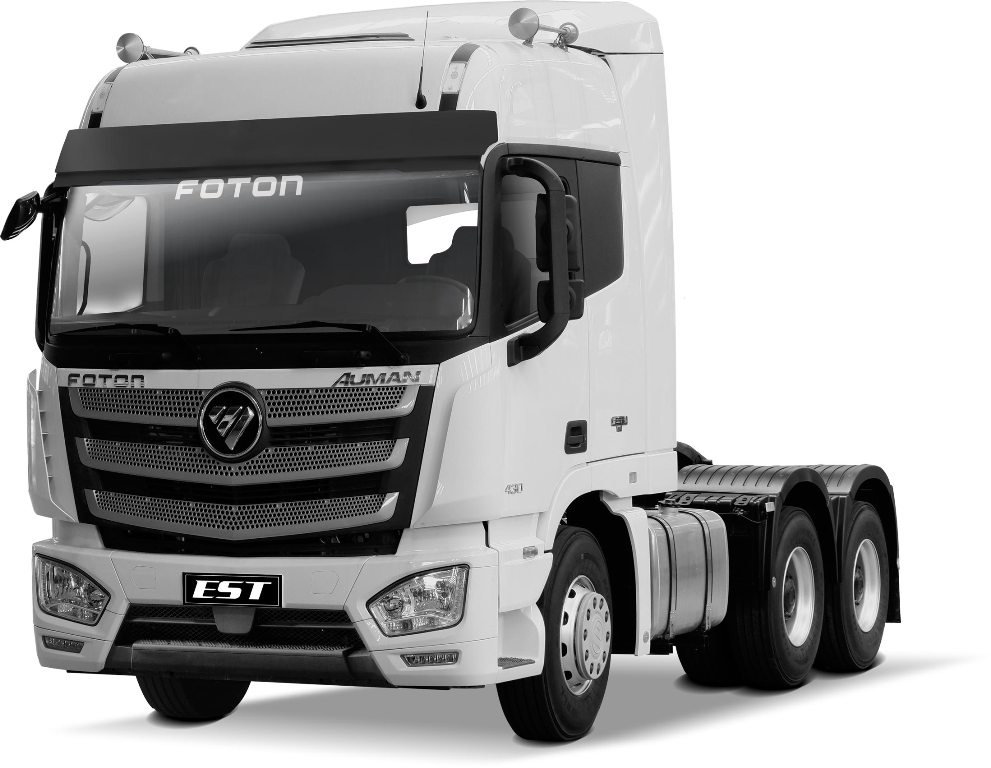
Of course, there are much larger trucks and that are also assembled in the Philippines. Typically built from complete knockdown kits, these trucks arrive in the country as components are put together by the manufacturers in their respective facilities. These vehicles include light to medium trucks from Isuzu, Hino, Foton, and Scania.
Buses
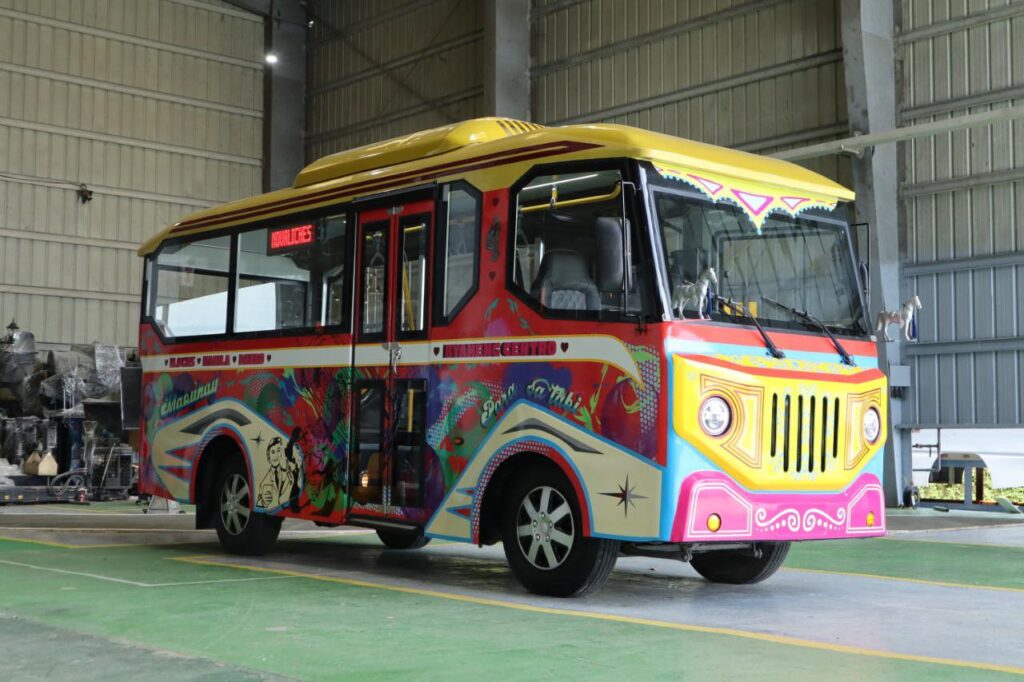
Quite a lot of buses are actually assembled in the Philippines. In fact, a large majority of them are modern PUVs — designed to replace the jeepneys — which are actually mini-buses created specifically for the program. There have been a lot of unfair rumors being spread that these vehicles are built in China. That couldn’t be further from the truth as the requirements to serve a modern PUV route are so specific that they are unique to the Philippines. It is more economically viable for many brands that offer these vehicles to build them locally than have them imported from abroad. That said, there are quite a lot of these vehicles built in the Philippines, with examples from Toyota, Hyundai, Kia, Fuso, Hino, Isuzu, Foton, and Daewoo all designed and built in the Philippines.
Moving further up the scale are the full size buses used by many liners to serve routes to and from the provinces to major cities.
One such producer is Scania, whose local distributor BJ Mercantile, makes fancy sleeper coaches designed for longer bus routes. These sleeper coaches are luxurious buses with full-length beds instead of seats that allow passengers to sleep through the long journeys to the provinces.
There are also coachbuilders, who also assemble truck and bus bodies. Unlike manufacturers, coach builders work with truck and bus brands to build specialized truck and bus bodies. Supplied with just a chassis and engine from truck manufacturers, these specialists can create unique cargo solutions for trucks, or bus bodies, essentially building the body around the existing frame. Coachbuilders like Almazora, Del Monte Motors, Centro, and Santarosa build majority of these solutions and even modern PUVs in the Philippines.
Motorcycles
Philippine manufacturing isn’t limited to four or more wheels. In fact, one of the most resilient industries in the country is the motorcycle manufacturing sector. This is because motorcycles are much more affordable and simpler to build. Even in times of recession, this industry typically continues to operate to provide vital mobility solutions to our countrymen.
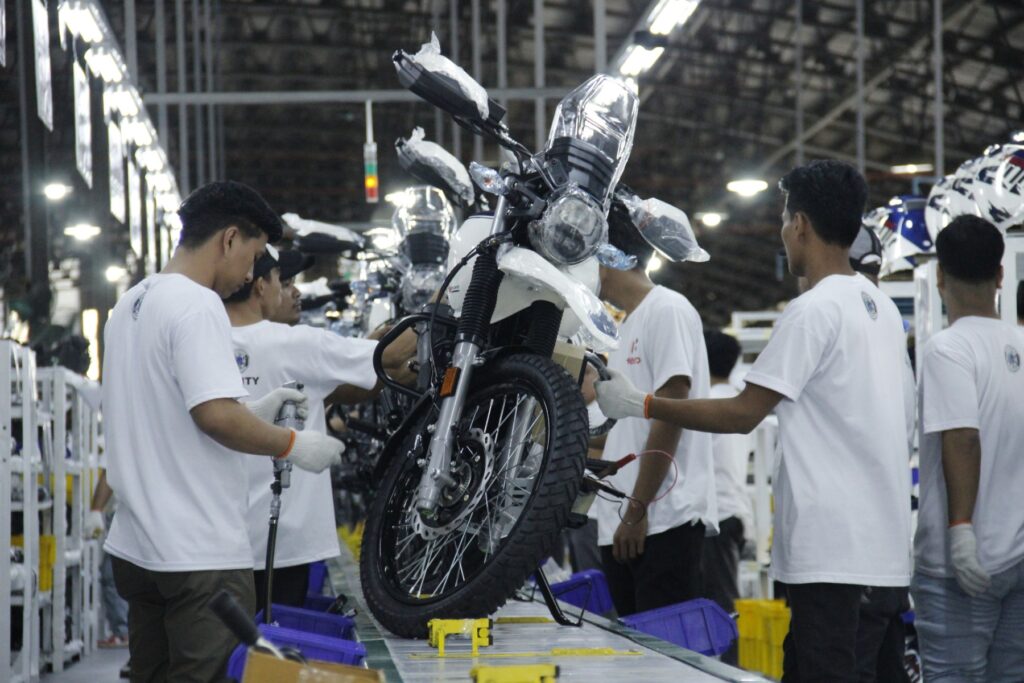
We need not look further than the big four Japanese brands, all of whom assemble motorcycles in the Philippines. These include Honda, Yamaha, Kawasaki, and Suzuki. While most of these are for local consumption, Honda exports the XRM model to New Zealand in limited quantities.
There are other players too, like Kymco, which recently acquired Nissan’s vehicle factory to begin assembling scooters. For some years, KTM, under Ayala Corp. was assembling small and big bikes in the Philippines. These include the KTM Duke and RC models as well as some Husqvarna models, both for local consumption and export up until just a few months ago. Bajaj, under Trimotors Technology Corp. also assembles their three-wheeled model the RE, locally. The newest player in the market is Hero, India’s number 1 motorcycle brand. Hero assembles all three of its current models in the Philippines.
Another type of motorcycle assembled in the Philippines is electric bikes. No doubt, some are familiar with the brand NWow, particularly due to the ubiquity of the three- and four-wheeled electric vehicles. NWow assembles some of its electric bike lineup from knockdown kits imported from abroad.
Components
Manufacturing cars locally wouldn’t be possible without these affiliate industries present in the Philippines. After all, the whole point is to source some of these parts locally in order to drive down the cost of the vehicle and make them more accessible to buyers.
Transmission
Easily one of the most complex vehicle components is the transmission. Composed of several gears and bearings, this component takes the engine’s power and helps transmit it towards the wheels, helping to improve the engine’s efficiency in the process. One such company building transmissions is the Asian Transmission Corporation, a subsidiary of Mitsubishi Motors. This company produces both manual and automatic transmissions used in vehicles like the Mitsubishi L300 or Montero Sport.
Sensors and ECUs
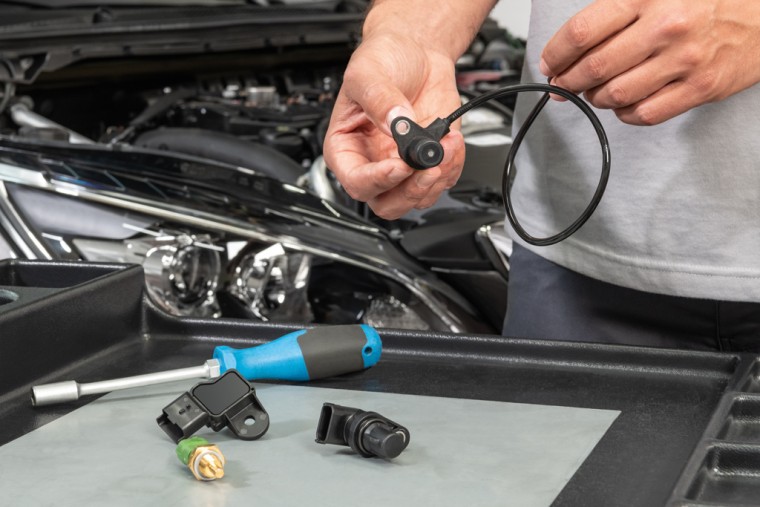
The Philippines is more than capable of producing complex automotive components and proof positive of this is the fact that some high-tech equipment for vehicles is actually manufacturedhere. One such company building components like these is Integrated Microelectronics, Inc., a subsidiary of Ayala Corp. This company specializes in producing various modules and sensors used throughout vehicles. Its products range from items like a tire pressure sensor, to something as complex as the ECU for a dual clutch transmission.
ABS modules
Another producer of vehicle sensors and modules in the Philippines is Continental. While many may know them as a tire brand, continental also works on vehicle components, particularly sensors that monitor computerized components like the brakes and suspension. In fact, one of the proudest creations of Continental in the Philippines is ABS modules used for Porsche vehicles.
Wheels
Some Filipinos may be familiar with the wheel brand, Rota, with a broad selection of aftermarket wheels for customizing your vehicle’s look. Rota is actually a subsidiary of a larger company called Philippine Aluminum Wheels, Inc., based in Bicutan. In reality, the aftermarket is just a small portion of this company’s business. It is actually the official wheel supplier of local assemblers like Toyota and Mitsubishi. In fact, it even supplied brands like Honda and Isuzu when they used to manufacture vehicles. If you’ve owned a locally assembled vehicle from one of these brands in the past, chances are, you’ve already owned a set of Rota wheels. Rota continues to produce wheels today, more recently venturing into flow-forging technology to create lightweight but durable high-performance wheels.
Tires
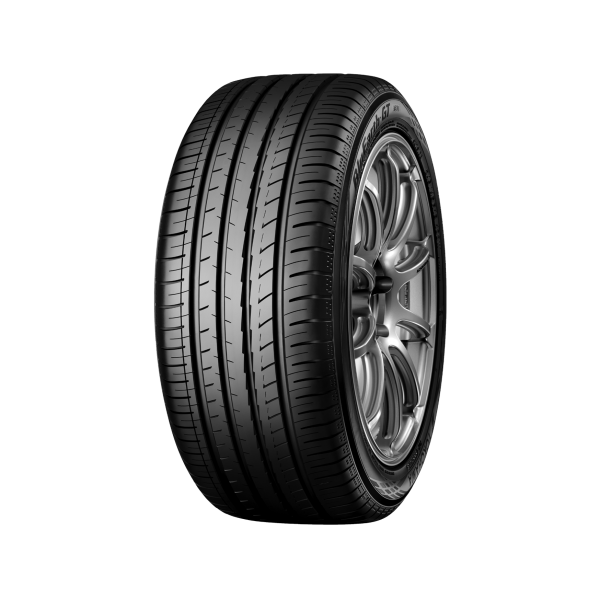
The rubber to go on those wheels is also manufactured in the Philippines. They come from Yokohama Tire Philippines, Inc., which operates a facility in Clark, Pampanga. This facility manufactures quite a lot of tire lines, many of which go on locally available vehicles today. In fact, Yokohama has even added Kevlar (the bulletproof material) into the inner lining of some tire lines like the C.Drive to give it extra durability. Yokohoma also manufactures some winter tires (complete with metal studs) in the Clark facility.
Batteries
Another component most Filipinos likely know by heart is car batteries. When it comes to car batteries, top of mind is always Motolite. This car brand has been a staple of the car industry for decades now and continues to produce car batteries for a wide variety of cars, trucks, and motorcycles. Motolite not only produces lead acid batteries but also operates battery recycling facilities, ensuring that these heavy metals are either reused or properly disposed of at the end of their life cycle.
A Detroit of our own
Many Filipinos frequently complain that the Philippines has been left behind when it comes to the automotive industry. However, this list clearly shows that couldn’t be further from the truth. The country is home to thriving sector that not only produces vehicles, but also many of the critical components needed for their operation.
The skill of our workers and the quality of our products are well known to those in the industry and it’s high time more Filipinos become aware of the products we can manufacture.



